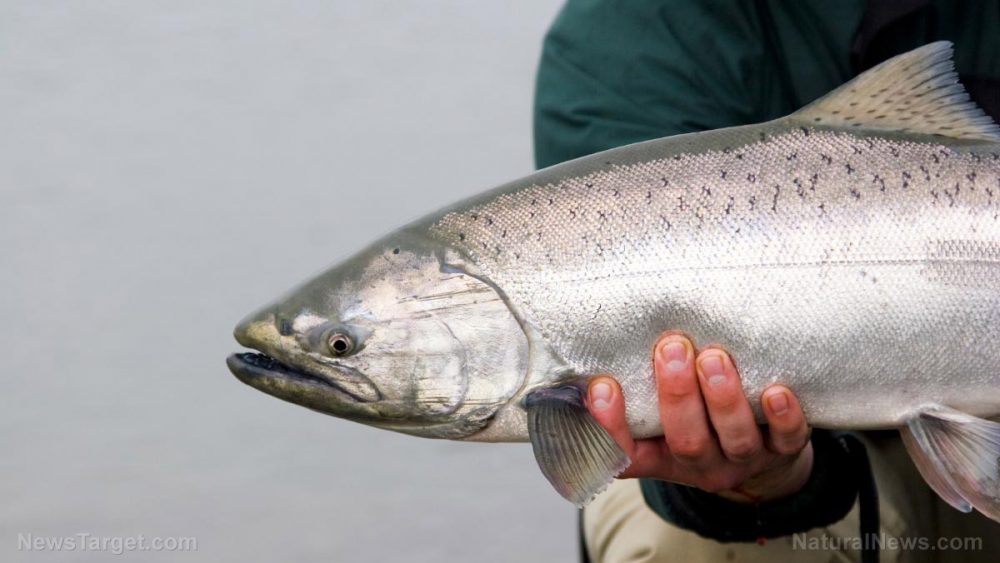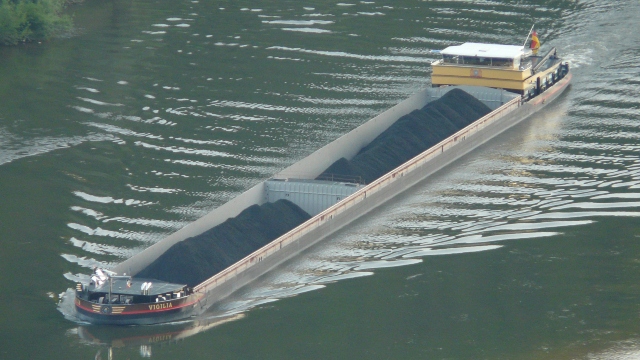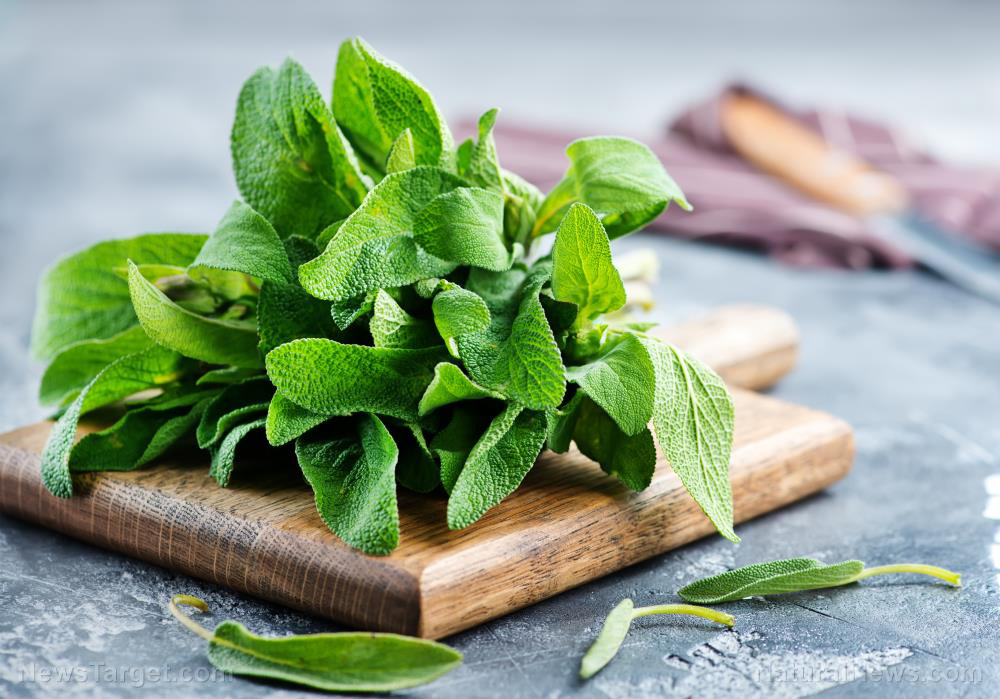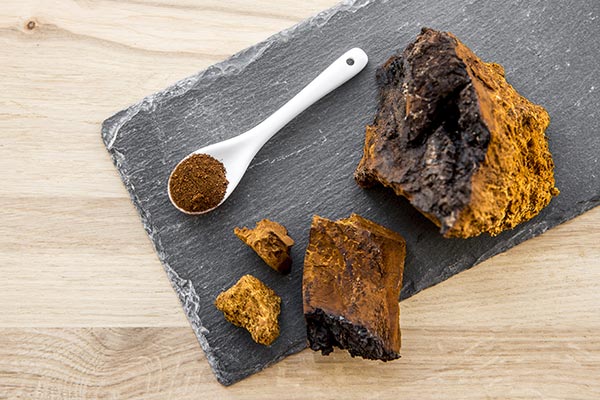
Aside from being a relaxing hobby, fishing can also help you survive when you’re trapped in the wild. If you know how to catch, cook, and preserve fish, you can fend for yourself when disaster strikes. (h/t to DoomsdayMoose.com)
How to fish
Before you fish, you will need to make a survival rod and lure. While this sounds daunting, practice making your own rod so you get used to the process:
- Pick a tree branch that is a least seven inches long. The widest end of the branch should be the size of your thumb.
- Break the branch until it is the right length, then cut away all side branches.
- Bend the tip to check its strength. It’s fine if it breaks, this just means the tip is strong.
- Look for green vines, which you will use as your fishing line. They should be at least 15 feet long. Tie several vines together with a strong knot.
- Wrap the line around the branch a few times. This should give you enough time to grab the vine if the branch breaks while you’re fishing.
- Using a strong knot, tie the vine to the end of the stick.
- Find a small V-shaped stick. Carve the ends until they’re sharp. Tie this hook to your vine.
- Look for live bait like earthworms or crickets.
You can also go old school and try hand fishing. This way of fishing is primitive, and you need to stand in shallow waters then use all of your strength to catch some fish. (Related: Camping: A great way to practice how to live after SHTF)
Some people try to catch fish by looking for holes and sticking their hands in the holes to catch some catfish. The fish will try to defend itself by biting your hand, but this will give you a chance to grab it. This won’t hurt too much because catfish don’t have any teeth.
You can also try to form a “hand trap” in the water by creating a small passage with your hands. Fish can try to swim through it, but the passage has to be small enough so you can still feel the fish swim through. Time things right and you can grab the fish and pull it out. Don’t handle the fish because it might struggle. Try to “toss” it out of the water instead.
Another method to try is net fishing. You can create a makeshift net by stretching a piece of cloth between two sticks. Use the “net” in shallow waters. Place the net some distance from the bank or a small cove then work your way towards it by pushing the cloth. Lift the improvised net quickly when you get to the most shallow part of the water and remove any fish you might have caught.
Cooking and preparing the fish
Unlike the conventional way of preparing and cooking fish, survival cooking requires coals and embers instead of a roaring fire. This gives you enough time to prepare the fish. Don’t place the fish directly over the fire because it might scorch or carbonize.
Get some large leaves from a bush or tree, and make sure they are as green as possible. Wrap your fish in the leaves at least three times. The leaves will help the fish cook evenly and avoid the “hot spot” issue caused when cooking with fire. The fish is fully cooked when it looks opaque.
There are lots of edible fish, but you must avoid sea bass and mackerel, which contains high levels of mercury. Walleye also contains mercury and toxins called polychlorinated biphenyl (PCBs), which can make you sick.
If you don’t know how long you’re going to be on your own, you should try preserving fish for later consumption:
- First, prepare the fish like you would normally.
- Remove the blood using salt water. Put 300 grams (g) of salt in a liter of water and submerge the fish in the solution for 30 minutes before cleaning it again.
- Put the fish in enough salt water to make the fish float. Place a clean piece of wood and a stone over the fish so it’s submerged. Cover the container for six hours.
- Hang the fish so it dries in sunlight. You can hang it near a fire (the smoke will keep bugs away), or you can add some salt to the fish while it dries.
You can read more articles about tips on how to fish when SHTF at Preparedness.news.
Sources include:




























